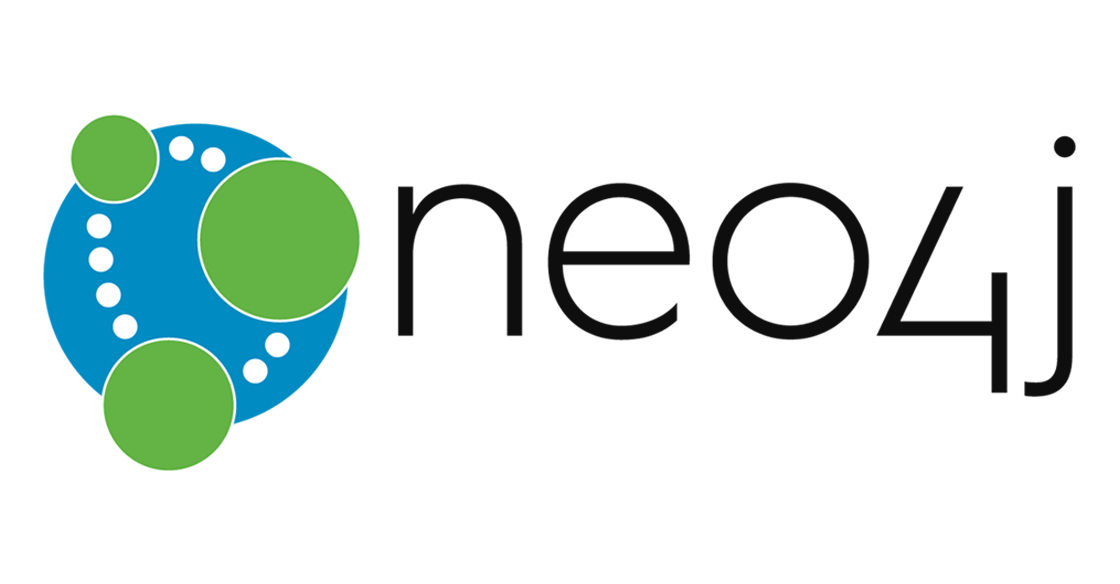Tag: Database Management
DBeaver is a complimentary database tool that supports any database having a JDBC driver. Software developers, SQL writers, database administrators, and data analysts leverage its excellent functionality for interacting with databases. This DBeaver tutorial for PostgreSQL, SQLite, MySQL, and MariaDB covers connecting and working with the database platform of your choice in addition to those mentioned.
Neo4j Graph Database: Installing Neo4j on Ubuntu 20.04

In this tutorial, we will examine and discuss what the Neo4j graph database is, what it is used for, and how it is implemented. In the sections that follow, we will install Neo4j on an Ubuntu 20.04 server, and then we configure the database software appropriately. However, let's first review some important database concepts that apply to Neo4j.
A Deep Dive into the Leading Web Hosting Control Panel Choices
Manually managing your servers can be a hassle. It requires you to either know a lot about hosting and server administration or to pay for and work with a professional who will do it on your behalf.
How to Upgrade MariaDB on Linux (AlmaLinux)
MariaDB is a well-known, open-source relational database. The same developers involved with MySQL created MariaDB and promised to keep it open source. It is included in most cloud services and is the default in most Linux variants. It is built on performance, stability, and openness principles,. Furthermore, the MariaDB Foundation guarantees that contributions will be accepted based on technical merit. Your consistent upgrading of MariaDB versions to stay current will ensure you are using the best features in the database platform.
If you’ve heard of MySQL or SQL, you’re probably familiar with relational databases and how they are used in web applications. A relational database is a virtual container that stores and provides users with access to related information. But what do databases have to do with web applications?
Adminer MySQL (formerly phpMinAdmin) is one of the most excellent PHP-based full-featured database management tools. You can use Adminer MySQL to manage databases such as MySQL, MariaDB, Elasticsearch, MongoDB, PostgreSQL, SQLite, MSSQL, Oracle, and more. It is simple, lightweight, and built with good security and user experience in mind. The Adminer database manager is available in all Linux distributions. You may promptly manage multiple databases and conduct operations from the Adminer web interface.
What is MongoDB?
Known as the developer data platform, MongoDB provides services and tools to build applications fast, enabling you to achieve both performance and scale. In this article, we’ll discuss the key features of MongoDB and compare it to other database management systems such as MySQL and PostgreSQL. We’ll also explore some use cases for MongoDB, the costs associated with using the platform, and if MongoDB may be the database for your needs.
What is a Database Audit?
Keeping your data safe and easy to access is essential to keep your organization compliant with government and industry policies, manage internal policies, protect against cyber security attacks, and simply ensure your data performs appropriately. To do this, you need to complete a database audit.
What Is the Difference Between MySQL and SQL Server?
MySQL and SQL Server are both popular database management systems (DBMSs). Both systems are powerful, but their differences may make one solution more suitable for your particular use case. MySQL and SQL Server support various data types, indexes, and data integrity constraints. This article takes a look at each database and their similarities and differences to help you determine which database is right for you.
What Is the Difference Between MySQL and MariaDB?
Many database solutions are available today, and MySQL and MariaDB are some of the best ones you can use. However, while they share a lot of similarities, such as syntax and architecture, there are some key differences you should keep in mind, including performance, licensing, and support, among others.
Our Sales and Support teams are available 24 hours by phone or e-mail to assist.

